Author: Prabhu Pingali
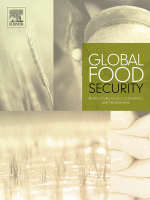
All Hat and No Cattle: Accountability Following the UN Food Systems Summit
Abstract The United Nations Food Systems Summit (UNFSS) is an important moment to garner political and financial attention to the challenges that food systems face. It is a difficult moment with many competing national and global priorities including massive inequities, rapid climate change and a...

Multiple Risk Factors Contribute to Childhood Stunting in Karnataka, India
Abstract Childhood stunting remains a prominent metric in the health and development of modern India. In Karnataka, India, districts vary substantially in stunting prevalence. Here we take a close look at the nature of childhood stunting in the state: its epidemiology, genetics, biology, nutritional basis,...

Risk Factors in Childhood Stunting in Karnataka, India, Vary by Geography
Abstract Childhood stunting remains a public health concern in India. In Karnataka, the districts vary substantially in stunting prevalence. Using the NFHS-4 and AidData GEO datasets, we tested the hypothesis that ‘wet’ and ‘dry’ districts in Karnataka show different contributions to stunting. We found that...
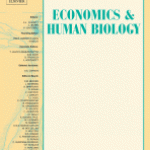
Transitioning to an Obese India: Demographic and Structural Determinants of the Rapid Rise in Overweight Incidence
Abstract Read a policy brief based on this study. India, which has long suffered from undernutrition, has seen a rapid rise in overweight incidence in the last decade and a half. These changes are characterized by significant within-country differences in overweight incidence that vary by...

Sowing Trouble: The Beginnings of an Alcohol Problem?
On June 2, 2021, the Indian government announced a Production Linked Incentive (PLI) scheme for several key sectors of the economy. Under this scheme, the fuel companies will be required to sell gasoline containing up to 20 percent ethanol by 2023, with the view to reduce dependency on oil imports and lower carbon dioxide emissions in cities. (Ethanol adds extra oxygen to petrol which lowers the emission of harmful gases and is shown to significantly reduce air pollution.) This target implies that India will need 1,000 crore liters of ethanol against the nation’s current capacity of 684 crore liters.
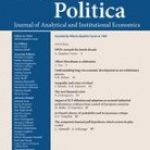
COVID-19 and Women’s Nutrition Security: Panel Data Evidence from Rural India
Abstract Read a policy brief based on this study. In response to the COVID-19 pandemic, India implemented a stringent nationwide lockdown. Although food value chains and allied activities were exempted from the lockdown, there were widespread disruptions in food access and availability. Using two-panel datasets,...
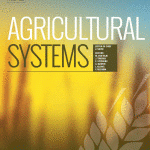
Farmer Research Networks Enable Community-Based Mycotoxin Management in Rural Indian Villages
Abstract CONTEXT Mycotoxins and other food safety and preservation challenges are prevalent in smallholder food systems, and communities often lack the knowledge and capacity required to effectively diagnose and address these concerns. Participatory research can facilitate innovation in resource-poor settings by fostering collective identity and...

Green Revolution: Impacts, Limits, and the Path Ahead
Abstract A detailed retrospective of the Green Revolution, its achievement and limits in terms of agricultural productivity improvement, and its broader impact at social, environmental, and economic levels is provided. Lessons learned and the strategic insights are reviewed as the world is preparing a “redux”...
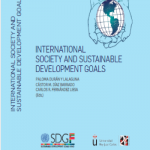
Getting to zero hunger: Learning from the MDGs for the SDGs
In International Society and Sustainable Development Goals, Chapter 5. Portada: Thomson Reuters. ARANZADI.
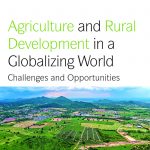
Agriculture and Rural Development in a Globalizing World
Abstract This introduction presents an overview of the key concepts discussed in the subsequent chapters of this book. The book analyzes farm-level data from four low-income sub-Saharan African countries to gain insight into possible reasons for the low adoption of modern productivity-enhancing inputs, such as...

